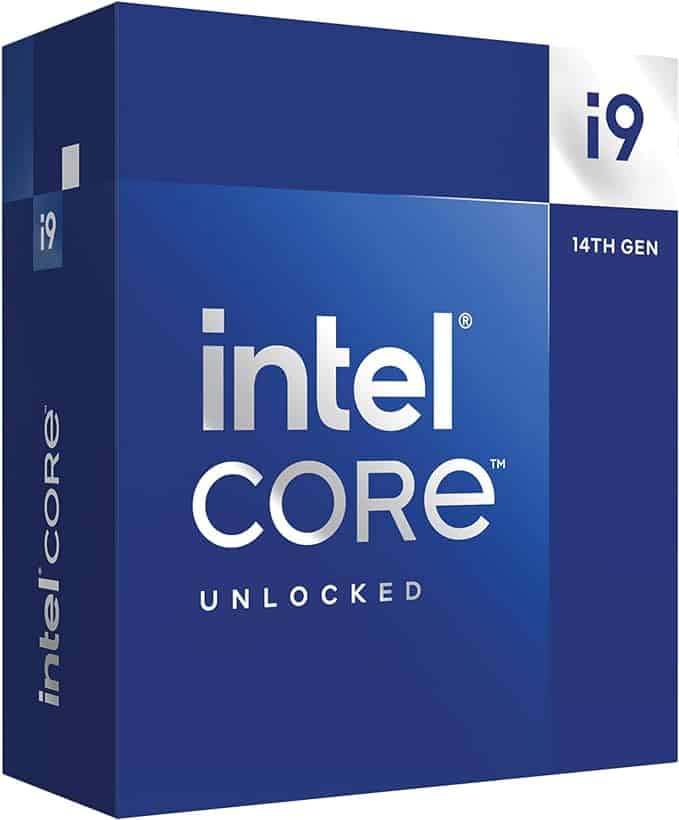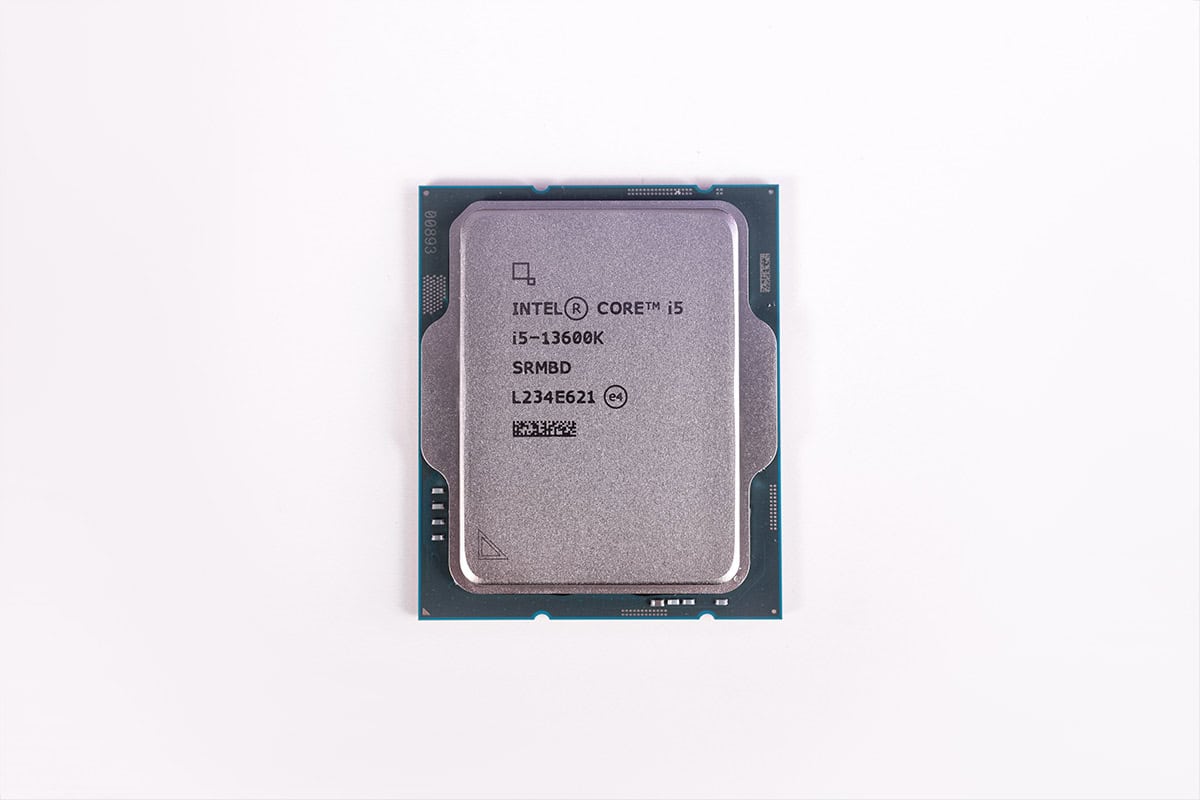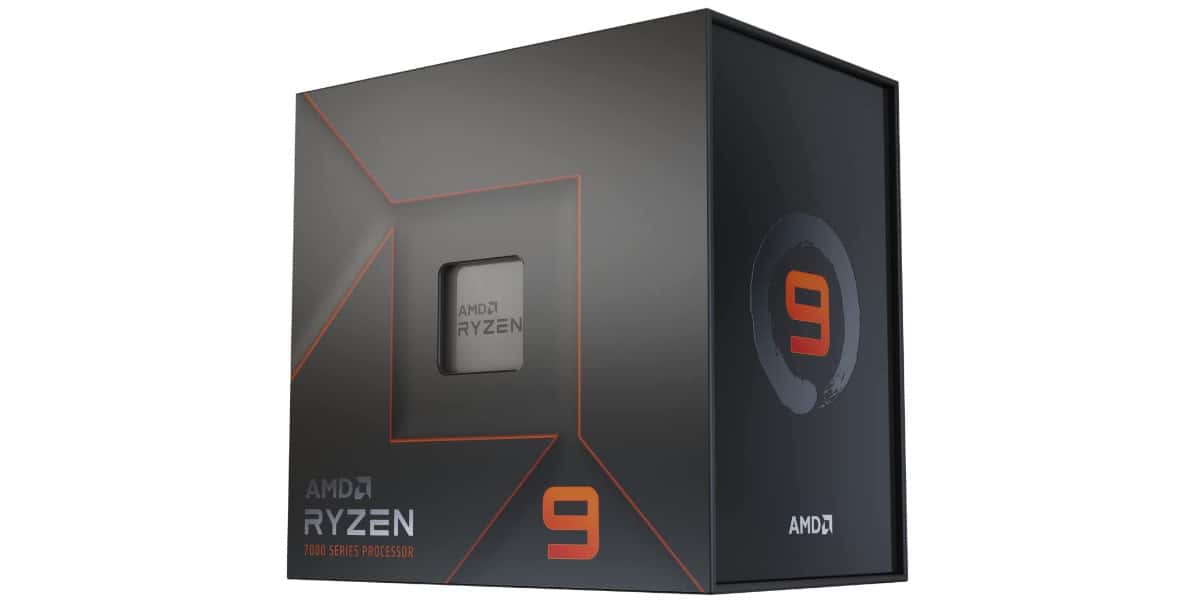AMD Ryzen 9 9900X vs Ryzen 9 5900XT – Does two generation make a big difference?
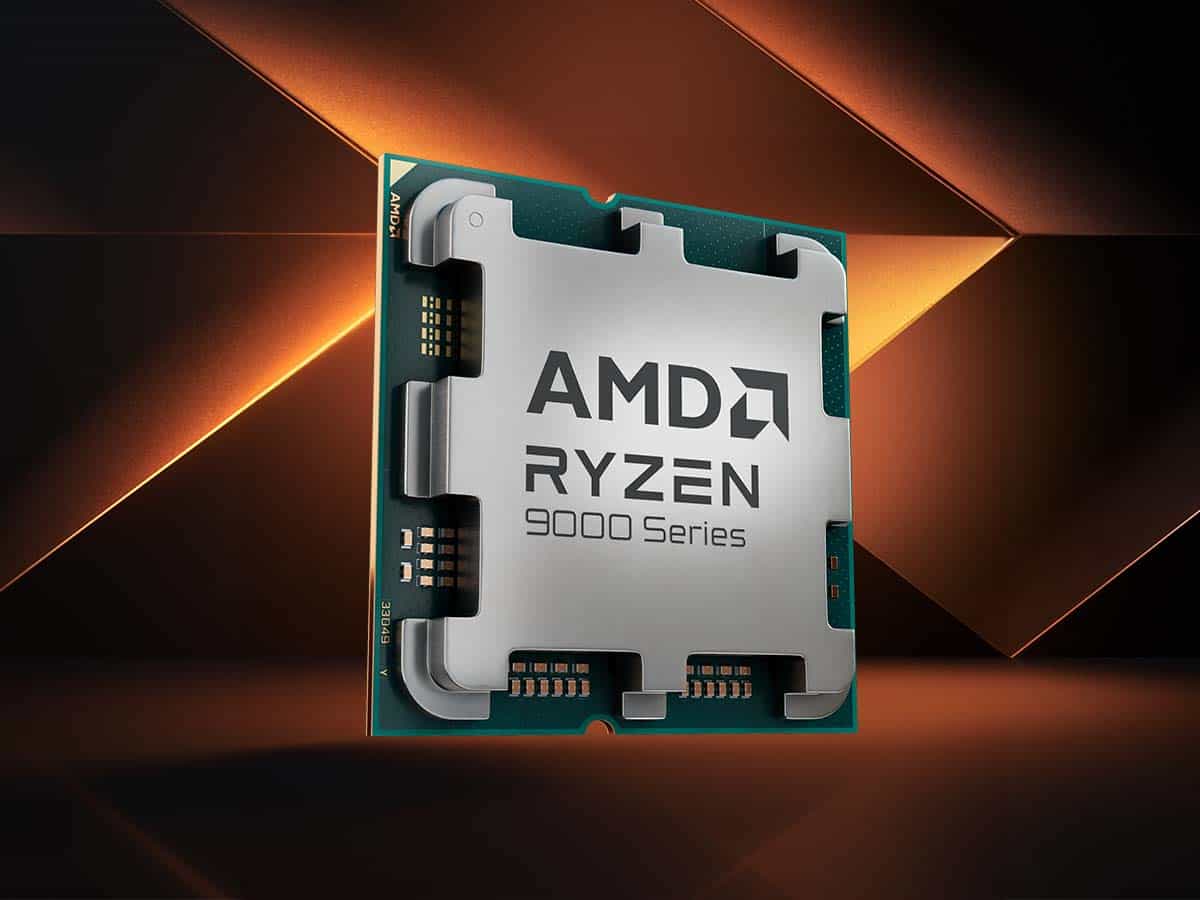
Table of Contents
AMD is about to release its Ryzen 9000 series into the world, and along with it, two Ryzen 5000 CPUs have just launched. While this was likely done to reduce waste and keep AM4 alive, it did come as a bit of a surprise to see a CPU generation released almost 4 years ago on the roster.
AMD once told us in an interview that it planned to keep AM4 alive for as long as possible, but I don’t think anybody could have guessed that meant continuing to produce new CPUs. I just assumed it’d be supported through BIOS updates or something. But hat’s off to them, a lot of people, myself included, still rock AM4 in their PCs.
Prime Day may have closed its doors, but that hasn't stopped great deals from landing on the web's biggest online retailer. Here are all the best last chance savings from this year's Prime event.
- Sapphire Pulse AMD Radeon™ RX 9070 XT Was $779 Now $719
- AMD Ryzen 7 7800X3D Processor Was $449 Now $341
- Skytech King 95 Ryzen 7 9800X3D gaming PC Was $2,899 Now $2,599
- LG 77-Inch Class OLED C5 TV Was $3,696 Now $2,996
- AOC Laptop Computer 16GB RAM 512GB SSD Was $360.99 Now $306.84
- Lexar 2TB NM1090 w/HeatSink SSD Was $281.97 Now $214.98
- Apple Watch Series 10 GPS+ Smartwatch Was $499.99 Now $379.99
- AMD Ryzen 9 5950X processor Was $3199.99 Now $279.99
- Garmin vívoactive 5 Smartwatch Was $299.99 Now $190
*Prices and savings subject to change. Click through to get the current prices.
If news of the release date being announced has put you in a pre-ordering mood, you can check out our where to buy page on the Ryzen 9 9900X. Here you will find a list of places we assume will allow pre-orders. Alternatively, if you’re going the 5900XT route, you can pick it up here, or check out our where to buy page to find a retailer near you.
AMD Ryzen 9 9900X

Cores
12
Threads
24
Boost clock speed
5.6 GHz
Base clock speed
4.4 GHz
L3 Cache
64 MB
TDP
120 W
Platform
AMD Socket AM5
Shop on Amazon
CHECK PRICEAMD Ryzen 9 5900XT

Cores
16
Threads
32
Boost clock speed
4.8 GHz
Base clock speed
3.3 GHz
L3 Cache
64 MB
TDP
105W
Platform
AMD Socket AM4
Shop on Amazon
CHECK PRICESpecifications
These two CPUs may look similar on paper, but they are two whole generations apart from each other, that’s Zen 5 to Zen 3, so you just know that the 9900X is going to have some tasty performance increases over the 5900XT. We grabbed these specifications from AMD themselves.
Specification Comparison
| Specification | Ryzen 9 9900X | Ryzen 9 5900XT |
|---|---|---|
| Cores | 12 | 16 |
| Threads | 24 | 32 |
| Base Clock | 4.4GHz | 3.3GHz |
| Boost Clock | up to 5.6GHz | up to 4.8GHz |
| L3 Cache | 64MB (shared) | 64MB (shared) |
| TDP | 120W | 105W |
| PPT | 162W | 142W |
| Socket | AM5 | AM4 |
| Core architecture | Zen 5 | Zen 3 |
As you can see, it may appear like the 5900X has an edge with more cores and a slightly lower TDP, but that’s where the all-important CPU generation comes in. The 5900XT has a huge disadvantage over the 9900X in a comparative sense because it’s only built on the Zen 3 architecture which was the bleeding edge 4 years ago, but has now been surpassed in power and efficiency twice.

Cores and threads
On paper, the 5900XT has the edge cores-wise, but in reality, it’s just not true. Though the cores may be more vast in number, they are not equal in power. The nm process of Zen 5 is 4nm, and 7nm on Zen 3, this means that transistors are a lot smaller in the Zen 5 package meaning you can pack more of them onto the CPU die.
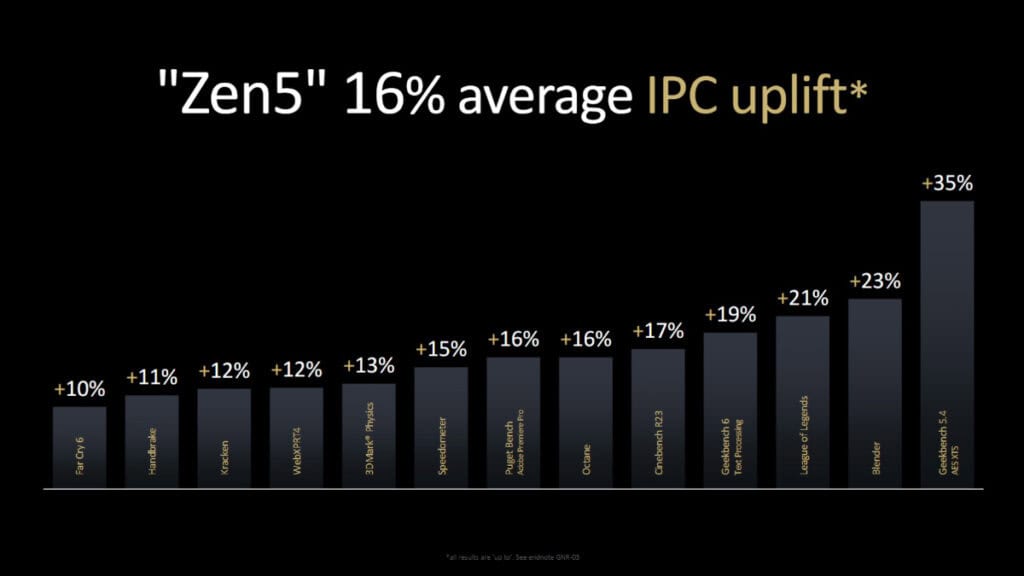
Transistors make the world go round, they are cumulatively responsible for making decisions in a CPU, so the more of them you have, the better your CPU is. Given that there was an uplift in IPC (instructions per clock) of 14% from Zen 3 to Zen 4, and another 16% from Zen 4 to Zen 5, it’s safe to say that Zen 5 will pack a hell of a lot more punch.
Core speeds
Core speed is how many times a CPU can complete one full cycle in a second, the cycle we refer to is the CPU instruction cycle, which is complicated but essentially, the CPUs do 3 main things, fetch, decode, and execute. They do this billions of times a second. The reason this is important is the more times that a CPU can do this every second, means the CPU can process more information every second, resulting in a better CPU.
Because the Zen 5 cores are packed with more transistors, even if the core speeds were the same across the 9900X and the 5900X, the 9900X would still be better. But this isn’t the case, the 9900X has the better cores, and it has a faster clock speed (0.8GHz faster) a double whammy over the 5900XT.
Cache
Both of the CPUs we have on this list have the same amount of L3 cache, but that doesn’t mean they are equal. Given that AMD claims that the 7900X is faster in games than the 5800X3D, it must mean there has been an improvement to the cache. That must mean the 9900X has a vastly faster cache speed than the 5900XT.
Chahe is important because that’s where the CPU stores things temporarily because reading from memory is too slow and would cause massive bottlenecks. One other way in which these two CPUs differ cache-wise is the fact the 9000 series has double the per-core L2 cache, 1MB compared to 512MB.
TDP and PPT
TDP is essentially how hot your CPU will get, the measurement is the thermal energy your CPU gives off when running at maximum capacity, and PPT is the amount of power your motherboard will allow the CPU to draw. This is a hard limit, you’ll never get any more than that.
Given that the 9900X has fewer cores and threads, you’d expect the TDP to be lower, except it isn’t. Not far off, but not lower like you’d expect, This does suggest that the 5900XT is more efficient with its power, as it only has a 105W TDP, but its PPT is very close to that of the 9900X (142W vs 162W). So if you’re going to be consuming around about the same power, you might as well have the better CPU.
Price predictions
AMD has not yet given an official price for either of these CPUs, so we’re going to have to do a little bit of digging and analyze the historical data we have available. We’ll take a look at CPUs released over the last few years and their MSRP to try and gauge an estimated price. AMD may not given an official price for the 9900XT yet, but we do know the price of the 5900XT because it just launched. If you want a 5900XT, you can pick one up for $339.
- 7950X – $699
- 7900X – $549
- 5950X – $799
- 5900X – $549
- 14900KS – $689
- 14900K – $589
- 13900KS -$699
- 13600K – $589
Using this data, we can assume that the 9900X will hit the $549 mark, assuming these prices stay consistent and don’t just inflation, everything has gone up, including the cost of manufacturing chips. So we could very well see an increase that we as the consumer will have to make up for, but let’s hope not.
The 5900XT is a bit of a funny one, I want to guess $549 but that much for an AM4 CPU is wild, it has to be priced competitively against the other 5000 series CPUs, which aren’t worth anywhere near as much as they used to be. I’d like to see this CPU at around the $300 mark, but that’s just our opinion.
Graphical capabilities
Only one of the CPUs on offer today has onboard graphics, and that comes in the 9900X in the form of a Radeon RDNA 3-based GPU. Featuring 2 compute units and with a variable clock speed of 400MHz to 2,200MHz, it’s more than capable of running your day-to-day applications. In fact, the RDNA 2 dual CU iGPU in the 7000 series could play CS:GO at 130 FPS, so we can’t wait to see what this RDNA 3-based solution can do.
Again, the 5900XT does not have any onboard graphical capabilities, so you will need a dedicated GPU to make a fully functioning PC.

How do these CPUs compare generationally?
As we mentioned before, there is a big difference between Zen 5 and Zen 3, but what we haven’t touched upon is the platform as a whole. If you want to get either of these CPUs, you are also choosing the platform they are hosted on, the 5900XT belongs to AM4 and the 9900X belongs to AM5.
You will have to acquire a motherboard of each, either an AM5 or an AM4 motherboard, and the memory to go along with it. AM5 only supports DDR5 and AM4 only supports DDR4, so don’t get mixed up there either. These can be expensive upgrades if you’re looking to cop a whole new platform for your rig, so it’s something to consider if you’re limited by budget.
There are plenty of advantages to AM5 however, as it’s loaded with new and updated features over AM4, it’s been in service for 9 years, it was time to make a change. Although AMD did tell us in an interview that they are looking to keep AM4 going as long as possible. Do you really need to buy into a platform that may only be around for a couple more years? Vs AM5 which AMD suggests support will last through to 2027.
Alternatives to the 9900X and the 5900XT
With the 9900X being the second best that the 9000 series has to offer currently, it’s only fair that we offer alternatives of the same caliber. We’re posting offerings from Team Blue, in the form of the 14th-generation flagship, and of the 13600K, to give you choices on the 5900XT, just in case none of these CPUs tickle your fancy.
-
Intel Core i9-14900K
- Cores: 24 (8P-16E)
- Threads: 32
- Boost clock speed : P-Core 5.8GHz / E-Core 4.4GHz
- Base clock speed: P-Core 3.2GHz / E-Core 2.4GHz
- L3 Cache: 36 MB
- TDP: 253W
-
Intel Core i5-13600K
- Cores: 14 (6P-8E)
- Threads: 20
- Boost speed : P-Core 5.1GHz / E-Core 3.5GHz
- Base speed: P-Core 3.5GHz / E-Core 2.6GHz
- L3 Cache: 24MB
- TDP: 181W
-
AMD Ryzen 7 5800X3D
- Cores: 8
- Threads: 16
- Boost speed : Up to 4.5 GHz
- Base speed: 3.4 GHz
- L3 Cache: 96 MB
- TDP: 105W
-
AMD Ryzen 9 7900X
- Cores: 12
- Threads : 24
- Boost clock speed: 5.6 GHz
- Base clock speed: 4.7 GHz
- L3 Cache: 64 MB
- TDP: 170 W
Which CPU is best for you?
Well, the 9900X is clearly better in terms of performance, if you want something that can absolutely hammer through multi-threaded workloads such as data crunching or simulation, then this is the CPU for you. It probably will be fairly expensive, and it may require you to upgrade to the latest AM5 platform if you haven’t done so already, but this gives you an opportunity to future-proof your PC through to 2027.
It is a far more efficient choice than the likes of the 14900K, which is an absolute powerhouse but it requires your own power station to run it. So if energy consumption is something you are concerned about, that’s a point for this CPU over the latest Intel offering.
The 5900XT is in the middle of the 5950X and the 5900X, being lesser than the former and better than the latter, just. It has more cores than the 9900X, but as we learned, more cores do not always mean more power. As the Zen 5 cores in the 9900X are far greater.
If you’re on the AM4 platform and don’t have the budget right now to upgrade, but are in desperate need of a better processor, then you can pick one up for $339. Either way, both of these CPUs are fantastic feats of ingenuity and really well designed to fit specific use cases, just a matter of which one aligns more with your personal use case.
In order to get you a better opinion, I asked two fellow PCGuide experts on the matter of what was the better CPU, thought their opinions aligned well with my own, here’s what they had to say in full:
The 9900X is only second to the 9950X and is based on the Zen 5 architecture. It has everything it needs to mow down even the most resource-intensive workloads, whether gaming, rendering, or machine learning, without breaking a sweat.
While it is certainly nice to see AMD support the aging AM4 socket by releasing the “XT” CPUs, the difference between the 9900X and 5900XT is too great, regardless of how many more cores and threads the 9900X has over the 5900X.
That said, for people still on the AM4 platform, it provides another option to upgrade without spending top dollar on moving to the AM5 platform, which also requires you to purchase expensive DDR5 RAM. So, while the fight between them is one-sided on paper, in real-world applications where budget constraints are a big factor, the 5900XT just might take the win.
Ussamah Mehmood
Both Ryzen 9 CPUs sit quite high up in AMD’s CPU tier list for their respective generations but there are some outside considerations between them. Starting of with the 9900X its one of the top Zeb 5 processors and great option for high productivity and multitasking. But it does require you to be on AM5 and run the latest hardware including DDR5, which does come with the benefit of longevity.
On the other hand, the 5900XT offers quite a good upgrade option for those running an AM4 build still. If you got on the bus early, it should bring a great value upgrade and boost to performance from earlier solutions. So it should offer a good budget build as well if required as the hardware gets older.
Sebastian Kozlowski




